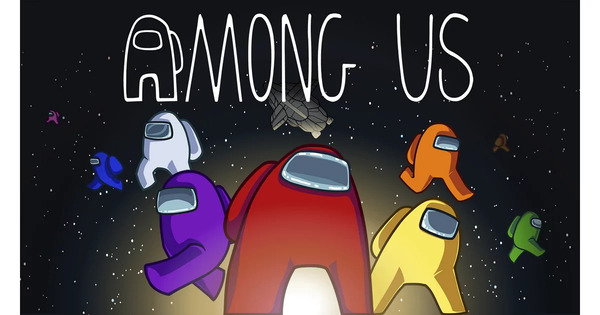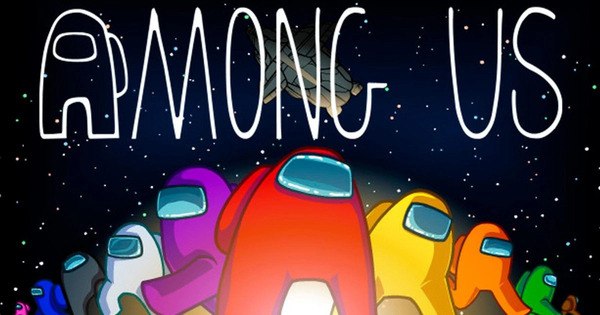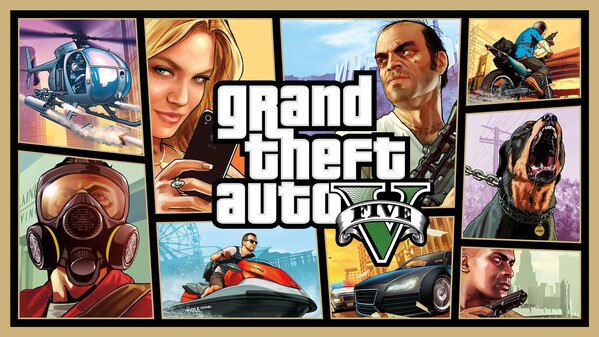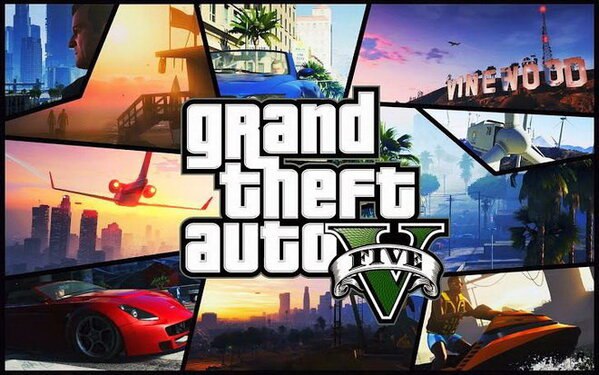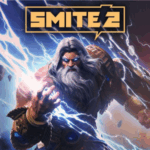Counter-Strike 2 is Valve’s next-generation tactical shooter that builds upon the legendary legacy of Counter-Strike: Global Offensive (CS:GO). Released in 2023, CS2 is more than a visual upgrade—it’s a technical, mechanical, and strategic evolution of one of the most iconic esports franchises in history. Powered by the Source 2 engine, Counter-Strike 2 preserves the heart of what made CS great while introducing better graphics, improved netcode, dynamic smoke mechanics, and quality-of-life upgrades. For both seasoned pros and new players, Counter-Strike 2 offers an experience that is precise, unforgiving, and endlessly competitive.
1. The Legacy of Counter-Strike and the Birth of CS2
The original Counter-Strike began as a Half-Life mod in 1999 and quickly grew into one of the most competitive first-person shooters of all time. Its emphasis on teamwork, precision, and economy management set it apart from other titles. Over the years, iterations like CS 1.6 and CS:GO brought millions of players into the franchise. By 2020, CS:GO had become the most played PC shooter globally, with a thriving esports scene and community marketplace. With aging technology and growing competition from newer titles, Valve saw the need to modernize the platform without disrupting its core identity. This gave birth to Counter-Strike 2, a true successor designed for the future of FPS gaming. Rating: 5.0 out of 5 for historical importance and timely innovation
2. Source 2 Engine and Graphical Upgrades
Counter-Strike 2’s move to the Source 2 engine is one of its most significant changes. Maps have been rebuilt or enhanced with more realistic lighting, improved textures, and environmental details. Locations like Dust II, Mirage, and Overpass feel familiar but visually fresher. The updated engine also allows for better performance across systems, including more stable frame rates and smoother animations. Water reflections, physically-based rendering, and responsive shadows bring new life to the battlefield without compromising clarity—a critical element in competitive play. These upgrades maintain the balance between beauty and function, ensuring CS2 looks modern while still being readable in high-stakes gameplay. Rating: 4.9 out of 5 for visual fidelity and performance
3. Sub-Tick Architecture and Netcode Precision
One of CS2’s most talked-about technical improvements is its sub-tick server update system. Unlike traditional tick-rate systems, sub-tick architecture ensures that a player’s actions—whether shooting, jumping, or peeking—are registered instantly, regardless of server tick intervals. This results in a more accurate and fair representation of gameplay actions. Hit registration is more consistent, and movement feels tighter. For professional and high-ranking players, where milliseconds matter, this innovation elevates CS2 above its predecessor. It’s a major improvement in reducing latency discrepancies, making the game feel fairer and more precise for everyone. Rating: 5.0 out of 5 for technical advancement and responsiveness
4. Smoke Grenades and Dynamic Utility
Counter-Strike 2 redefines how smoke grenades work. Smokes are now volumetric, reacting dynamically to the environment and player interactions. Bullets and grenades can carve holes through smoke, temporarily revealing enemies or clearing sightlines. The smoke also adapts to lighting, fills spaces more realistically, and changes based on wind or obstructions. This transforms the tactical layer of the game. Smokes are no longer static cover tools—they're now active pieces of the battlefield that can be manipulated and countered. It adds depth for both casual players and pros, creating more strategic variability in every round. Rating: 4.8 out of 5 for innovation in game mechanics
5. Map Design – Reworks and Competitive Clarity
Classic maps in CS2 have been redesigned with better lighting and visibility while retaining their layouts. For example, Overpass was rebuilt entirely to take advantage of Source 2’s new tools, whereas maps like Dust II remained largely unchanged but benefited from improved contrast and readability. The result is a smoother experience for callouts, enemy spotting, and utility usage. Improved sound propagation also enhances spatial awareness—players can more accurately detect footsteps, reloads, or dropped weapons. These map reworks ensure legacy fans feel at home, while new players benefit from clearer design language and intuitive layouts. Rating: 4.7 out of 5 for map refinement and consistency
6. Weapon Feel, Recoil, and Economy Balancing
While Counter-Strike 2 retains most of the weapon roster from CS:GO, many guns have been adjusted for feel and balance. Recoil patterns are smoother, and shooting feels more responsive, thanks to the improved engine and netcode. Skins, animations, and sound effects have been updated, making iconic weapons like the AK-47, M4A1-S, and AWP feel sharper and more modern. The in-game economy also received minor tweaks, affecting weapon pricing and round impact. Valve has focused on maintaining competitive integrity while gradually evolving game balance, ensuring that skilled aim, strategy, and economic management remain the pillars of success. Rating: 4.6 out of 5 for combat tuning and legacy preservation
7. Ranked Mode, Premier System, and Competitive Ecosystem
With CS2, Valve introduced the Premier system—a new competitive mode with a global leaderboard and seasonal resets. Players now earn an Elo-style CS Rating instead of traditional matchmaking ranks, giving a more transparent and skill-based progression system. The Premier format features map vetoes, emulating pro-level match preparation. These changes modernize ranked play and make it easier for players to track improvement and engage with the game seriously. Casual, Wingman, and Deathmatch modes also return for practice and less intense gameplay. Together, these systems make CS2 a more complete and structured competitive environment. Rating: 4.7 out of 5 for ranked depth and player progression
8. Skin Transfer, Inventory Updates, and the Economy
One of the smartest decisions Valve made with CS2 was allowing players to transfer their entire CS:GO inventory, including weapon skins, stickers, and agents. These items now benefit from Source 2’s improved lighting and shaders, making them more vibrant and detailed. The in-game skin economy, valued at billions globally, remains intact. Marketplace integration continues via Steam, and skin trading and collecting are still major parts of the community. Valve's decision to respect player investment reinforces CS2’s reputation for player ownership and long-term progression. Rating: 4.9 out of 5 for player loyalty and economic continuity
9. Community Servers, Modding, and Custom Content
While CS2’s focus is competitive play, Valve continues to support community servers, custom maps, and modding tools. With Source 2, creators have access to more powerful and user-friendly tools, allowing for higher-quality mods, aim trainers, and fun game modes like surf or zombie escape. These features sustain the game’s vibrant community and ensure that CS2 isn’t just about ranked play but a platform for experimentation and entertainment. As tools continue to roll out, the community is expected to expand with new innovations, keeping the experience fresh for years. Rating: 4.6 out of 5 for community creativity and platform longevity
10. Early Impact, Future Roadmap, and Esports Growth
Counter-Strike 2 launched with massive anticipation and quickly became one of the most-played games on Steam. While initial reactions were mixed due to missing features like community workshop support and tick-rate confusion, ongoing updates have steadily improved the experience. Valve plans to reintroduce more features and polish over time, including additional maps, improved anti-cheat systems, and expanded seasonal content. The pro scene has already transitioned to CS2, with major tournaments like ESL and BLAST adapting their formats. With its technical foundation, vast player base, and esports pedigree, CS2 is poised to dominate the tactical shooter space for the next decade. Rating: 4.8 out of 5 for long-term potential and professional growth
Conclusion: Counter-Strike 2 as the New Benchmark for Competitive Shooters
Counter-Strike 2 is not just a remake—it’s a carefully engineered reinvention of a competitive titan. Valve has managed to preserve the soul of Counter-Strike while bringing it into the modern era with Source 2, sub-tick precision, visual upgrades, and smarter gameplay systems. It respects its past, delivers in the present, and builds toward the future. Whether you’re an esports hopeful or a weekend warrior, CS2 offers a polished, high-skill arena where your decisions, aim, and teamwork define your success. It’s the same Counter-Strike we know—sharper, smarter, and more responsive than ever before.
Final Overall Rating: 4.8 out of 5
Counter-Strike 2 cements its place as the gold standard for tactical FPS—refined by time, rebuilt for the future.


















